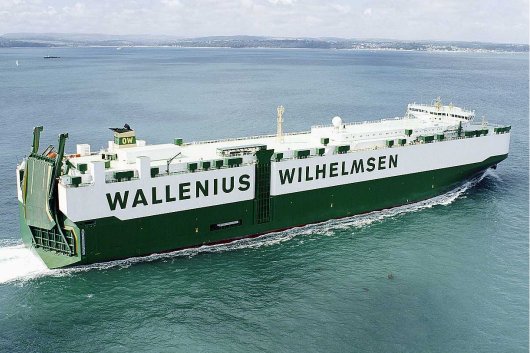Wallenius opts for 'balanced' 2020 strategy with low-sulphur fuels and scrubbers
Scrubber retrofits on 20 ships... but some set to miss IMO deadline with installations due to continue until 2022.
Wallenius Wilhelmsen ASA says it is adopting a "balanced approach" in its refuelling strategy for the upcoming implementation of the International Maritime Organization's (IMO) 0.5 percent global cap on fuel sulphur content in January 2020.
With bunker costs set to rise significantly in 2020 for ships that use compliant (more expensive) fuels, combined with fears regarding product availability and quality, Wallenius says it has decided on a strategy that will involve using low-sulphur fuel and also installing scrubbers on "the most suitable vessels".
Wallenius explains that it decided in June to initiate a program to retrofit scrubbers on 20 vessels over the next four years, increasing the number of ships with scrubbers in the fleet to 25. It means that some of the vessel installations are due to take place after the IMO's 2020 deadline.
The scrubbers are to be retrofitted during scheduled dry docking to minimize the impact on operations and will be financed via available cash and/or credit facilities, Wallenius says.
The average cost per scrubber instalment is estimated to be $6-7 million.
Bunker costs in Q2, H1
In its latest results, released this week, Wallenius posted an overall rise bunker costs of $50m, or 36.2 percent, to $188m.
For the first six months (H1) of the year, bunker expenses were $354m - up $85m, or 31.6 percent, on the $269m recorded during the corresponding period in 2017.
In terms of bunker surcharges, Wallenius says it is "relatively well covered" through sulphur BAF clauses already in place for majority of its larger customer contracts and aims to introduce relevant clauses for remaining customer contracts.
Key results
Second-quarter net profit was $21m, compared to last year's $20m loss; EBITDA dipped 7.1 percent YoY to $156m; and EBIT fell 17.6 percent to $70m.
Wallenius noted that Ocean operations were affected by higher bunker prices - in addition to reductions in Hyundai Motor Group (HMG) volumes, rate reductions and unfavourable currency movements.
The Norwegian shipper explained that the increased bunker prices had roughly had a $20m negative impact on Q2 results, YoY, of which about half is related to the lag effect (for BAF charges) and the other half relates to lack of BAF and/or structure of the BAF in some customer contracts.
Discussing the rest of the year, Wallenius warned: "The 2018 results will continue to be negatively impacted by the underlying reduced HMG contractual volumes and rate reductions from contract renewals during 2017, as well as higher bunker prices and trade imbalance."
With bunker costs set to rise significantly in 2020 for ships that use compliant (more expensive) fuels, combined with fears regarding product availability and quality, Wallenius says it has decided on a strategy that will involve using low-sulphur fuel and also installing scrubbers on "the most suitable vessels".
Wallenius explains that it decided in June to initiate a program to retrofit scrubbers on 20 vessels over the next four years, increasing the number of ships with scrubbers in the fleet to 25. It means that some of the vessel installations are due to take place after the IMO's 2020 deadline.
The scrubbers are to be retrofitted during scheduled dry docking to minimize the impact on operations and will be financed via available cash and/or credit facilities, Wallenius says.
The average cost per scrubber instalment is estimated to be $6-7 million.
Bunker costs in Q2, H1
In its latest results, released this week, Wallenius posted an overall rise bunker costs of $50m, or 36.2 percent, to $188m.
For the first six months (H1) of the year, bunker expenses were $354m - up $85m, or 31.6 percent, on the $269m recorded during the corresponding period in 2017.
In terms of bunker surcharges, Wallenius says it is "relatively well covered" through sulphur BAF clauses already in place for majority of its larger customer contracts and aims to introduce relevant clauses for remaining customer contracts.
Key results
Second-quarter net profit was $21m, compared to last year's $20m loss; EBITDA dipped 7.1 percent YoY to $156m; and EBIT fell 17.6 percent to $70m.
Wallenius noted that Ocean operations were affected by higher bunker prices - in addition to reductions in Hyundai Motor Group (HMG) volumes, rate reductions and unfavourable currency movements.
The Norwegian shipper explained that the increased bunker prices had roughly had a $20m negative impact on Q2 results, YoY, of which about half is related to the lag effect (for BAF charges) and the other half relates to lack of BAF and/or structure of the BAF in some customer contracts.
Discussing the rest of the year, Wallenius warned: "The 2018 results will continue to be negatively impacted by the underlying reduced HMG contractual volumes and rate reductions from contract renewals during 2017, as well as higher bunker prices and trade imbalance."
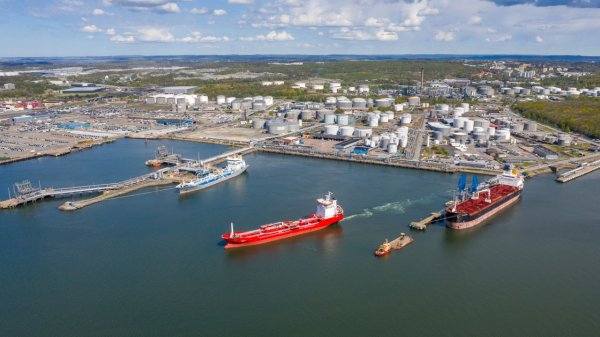
|
Swedish biomethane bunkered in Gothenburg
Test delivery performed by St1 and St1 Biokraft, who aim to become large-scale suppliers. |
|
|
|
||

|
Cockett to be closed down after 45 years
End of an era as shareholders make decision based on 'non-core nature' of Cockett's business. |
|
|
|
||
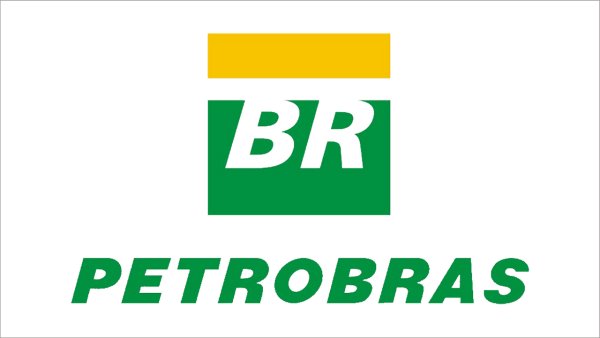
|
Petrobras confirms prompt availability of VLS B24 at Rio Grande
Lead time for barge deliveries currently five days. |
|
|
|
||
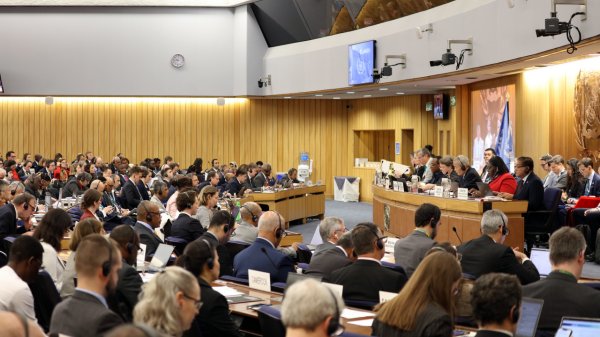
|
IMO approves pricing mechanism based on GHG intensity thresholds
Charges to be levied on ships that do not meet yearly GHG fuel intensity reduction targets. |
|
|
|
||
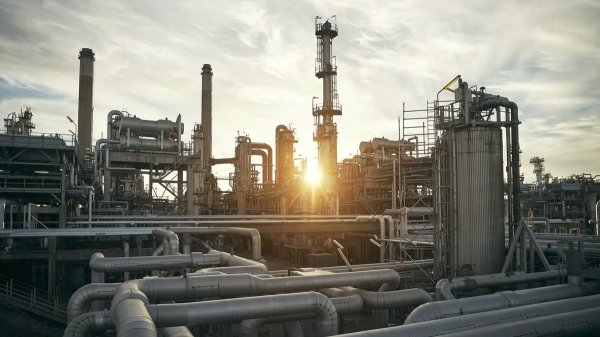
|
VARO Energy expands renewable portfolio with Preem acquisition
All-cash transaction expected to complete in the latter half of 2025. |
|
|
|
||
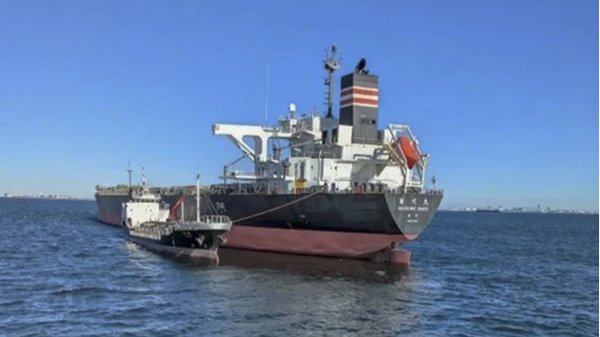
|
NYK trials biofuel in milestone coal carrier test
Vessel is used to test biofuel for domestic utility company. |
|
|
|
||
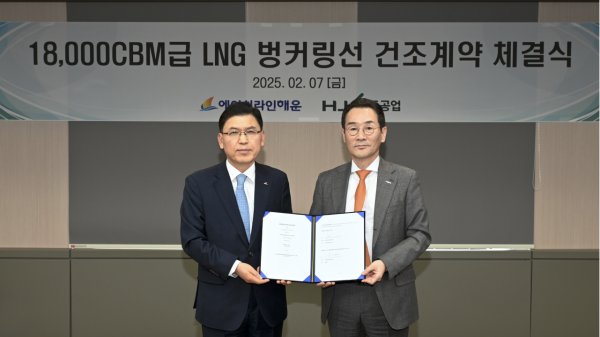
|
H-Line Shipping orders LNG bunkering vessel
Vessel with 18,000-cbm capacity to run on both LNG and MDO. |
|
|
|
||

|
How to engineer and manage green shipping fuels | Stanley George, VPS
Effective management strategies and insights for evolving fuel use. |
|
|
|
||
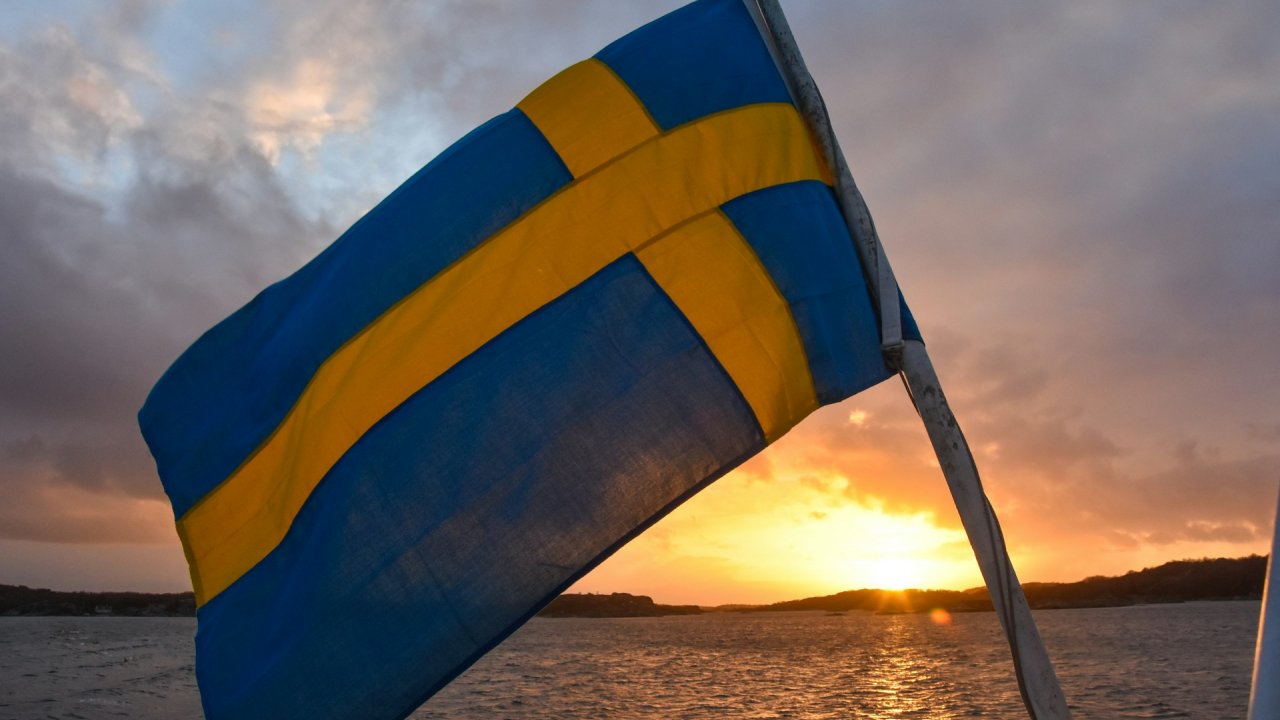
|
Swedish government bans scrubber wastewater discharges
Discharges from open-loop scrubbers to be prohibited in Swedish waters from July 2025. |
|
|
|
||
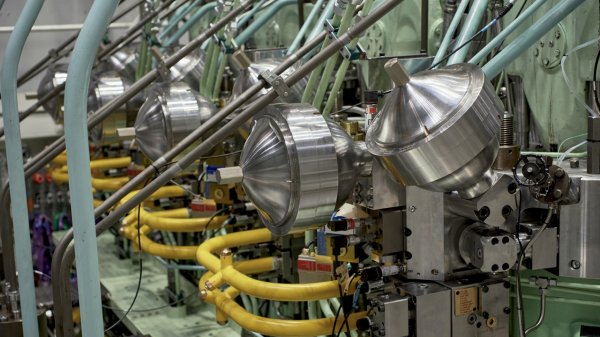
|
MAN Energy Solutions achieves 100% load milestone for ammonia engine
Latest tests validate fuel injection system throughout the entire load curve. |
|
|
|
||
Related Links
- · Norway [Directory]

